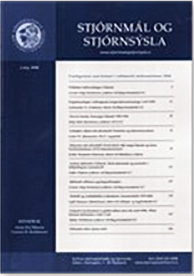Berglind Rós Magnúsdóttir, Auður Magndís Auðardóttir, & Kolbeinn Hólmar Stefánsson. The Distribution of Economic and Educational Capital between School Catchment Areas in Reykjavík Capital Region 1997–2016. Icelandic Review of Politics & Administration, 16(2), 285-308.
It is well established that parental income, wealth, and education substantially affects school districts. In this article, we examine differences between school districts in the capital region of Iceland among parents having children in compulsory schools. The article is based on tailored statistics provided by Statistics Iceland covering the period from 1997–2016. We focus on distributions of parents that have Icelandic origin and have the highest levels of education, income, and wealth. This group of parents has access to neighbourhood choice and the symbolic capital to shape the grapevine on schools and neighbourhood qualities. Even though educational qualification and wealth grew during the period under study, the gains have been geographically uneven throughout the capital city region. Five of 42 school districts stand out in terms of economic and educational capitals. Three stand out in terms of income and wealth and two in terms of high levels of educational capital that are most valued by the cultural elite. These geographical boundaries visibly divide the upper class into two fractions depending on which kind of capital is dominant. Three neighbourhoods stand out in terms of low levels on capital on all dimensions.
